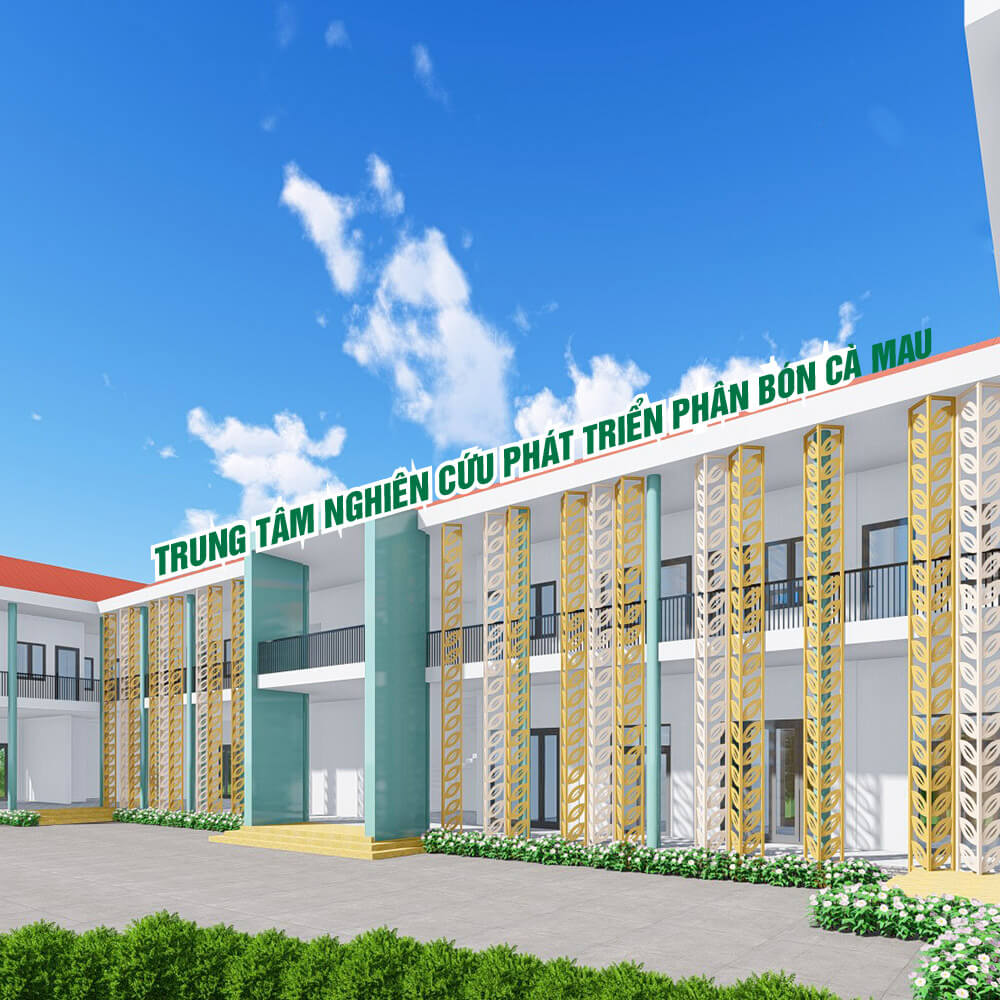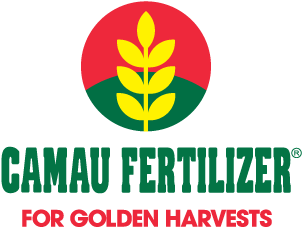SWOT ANALYSIS
During the past, PVCFC has been one of the leading enterprises in the Urea when positioning and leading the market in terms of market share, brand, selling policy and ability to adjust selling price.
PVCFC ensures that it can be able to compete with locally manufactured products, especially with imported products. Maintain a certain sale price gap compared to similar products, restrict involving in price wars in a negative manner because it reduces PVCFC’s internal strength and detrimental to business.
By putting Ca Mau NPK Fertilizer Plant into operation, PVCFC has step by step shown its pioneering and leading role in affirming its position as Vietnam’s leading fertilizer trading and production company and beyond across Southeast Asia.
Tier 1 and Tier 2 distribution system is strong and covers the market, especially the key markets in the Mekong Delta and Cambodia which creates a firm foundation for PVCFC to deploy its focus strategy, with selection and priority, for the purpose of optimizing revenue, selling price, and business efficiency. At present, more than two thirds of PVCFC’s sales volumes come from the Mekong Delta market, therefore, distribution planning plays an important part of PVCFC’s business strategy.
In the coming time, to further promote and optimize the distribution model, PVCFC continues to research and test new forms of distribution on the basis of ensuring harmonious interests of manufacturers - distributors - consumers. By strengthening application of IT into production, sales and distribution management, PVCFC considers it as one of the most important and effective tools that the company should own.
PVCFC always ensures a neat and well organized distribution system, prioritizing recruiting local sales team who has a deep understanding of the market, products and regional culture; upholding proactive, creative and dynamic role of management teams of all levels; encouraging motivating and building a results-oriented sales team, creating a fair sales compensation plan based on employees' efforts.
Above all, it is required to streamline the sales system with timely updating of market situation and competitor information to meet diverse needs and strict requirements of distribution system and consumers.
PVCFC always strives to ensure important goals for shareholders are being achieved; continuously improving financial indicators such as ROA, ROE, EPS, etc. In general, through working with financial institutions, foreign investment funds, PVCFC has received positive assessments on financial indicators and sales growth.
In the coming time, the Company strives to increase value of intangible assets such as brand, copyright, technology, invention and solutions throughout the value chain to enhance market value of assets.
Due to many reasons, PVCFC’s Urea production cost is still quite high as compared to some other countries. Production cost in some countries is less than 200 USD/ton because they have advantages in resources and less investment costs. Many of them are in the Middle East and Baltic region possessing abundant oil and gas resources and having a developed oil and gas industry.
In Asia, some plants in Indonesia, Malaysia and China, Brunei also have competitive and lower production costs than PVCFC’s. Thus, PVCFC’s competition in export markets sometimes faces certain disadvantages compared to competitors in the region.
Logistics activities in supply chain and fertilizer distribution from Ca Mau Fertilizer Plant to many domestic markets are carried out by multi-modal transport leading to a remarkable cost arisen. This cannot be settled down early in the medium-term or long-term and depends on many intermediaries, thereby affecting PVCFC’s product distribution to domestic consumers.
From 2014 until now, the VAT Law applies to fertilizer manufactures and trading units that are not imposed VAT. Thus PVCFC and many production and trading units in the industry bear a large input costs. It is estimated that the non-deductible input costs are from 500-700 billion VND per year. This makes it difficult for business and production activities in the context of severe competition domestically and internationally.
However, amendment proposals of Law on VAT have been submitted to the Government and the National Assembly for consideration to make fertilizers subject to VAT at a reasonable level, creating favorable conditions for domestic fertilizer manufacturers.
According to experts, Law on VAT is drawing a special attention and support from the National Assembly, Ministries and related agencies, it can be passed soon in the next sessions. If feasible, this can be a big opportunity for domestic fertilizer manufacturers, creating favorable conditions for reducing input costs, reducing product price, improving production efficiency and boosting domestic consumption.
Mekong Delta is the largest fertilizer consumption market in Vietnam with the demand from farmers on Urea from 680,000 to 720,000 tons/year, DAP from 360,000 to 390,000 tons/year, Potassium from 220,000 to 260,000 tons/year, NPK from 800,000 to 1,100,000 tons/year and other fertilizers from 1,000,000 to 1,200,000 tons/year.
Southeast and Central Highlands are potential markets for fertilizers serving industry trees, in which the demand for Urea consumption is from 180,000 to 220,000 tons/year; NPK from 1,100,000 - 1,200,000 tons/ year; Potassium from 130,000 - 160,000 tons/year; and DAP from 40,000 - 50,000 tons/year; and other fertilizers from 500,000 - 650,000 tons/year. According to statistics, most of coffee and rubber trees in Vietnam are concentrated in the Southeast and Central Highlands, of which coffee is allocated in 3 provinces i.e., Dak Lak, Gia Lai, and Lam Dong in Central Highlands, with an area of more than 600,000 hectares. An area of 930,000 hectares of rubber located in Southeastern provinces, other crops such as pepper, cashew, tea, cassava and other fruit trees with high economic value. In general, demand for NPK, SA, Potassium fertilizer consumption for industrial crops is huge in these two regions. There is a high and promising potential for agricultural development in the future.
PVCFC is focusing on developing its distribution channels, supplying other high-value products based on original products including Urea, NPK, microbial and organic fertilizers to adapt to crop-species diversity and soil characteristics, climate conditions. NPK fertilizer products have been receiving positive feedback from agents and consumers thanks to quality, design, price suitable for soil characteristics and crops in the Central Highlands. These are important factors for PVCFC to continue its efforts in upholding its available potential and advantages, creating long-term engagement with agents and farmers in Southeastern and Central Highlands regions in the coming time.
Cambodia has been an important market of PVCFC in its development strategy based on continuously increasing demand with annual average Urea consumption need of 380,000 - 410,000 tons/year; 250,000 - 280,000 tons of DAP/year; 260,000-300,000 tons of NPK/year and other types of fertilizers. If making good use of this opportunity, it will help PVCFC successfully penetrate and expand its brand “Ca Mau Fertilizer” to Cambodian. Ca Mau Urea accounts for approximately 35%-40% market share per year, PVCFC, in the coming time, will boost NPK fertilizer consumption to 15-20% of market share in Cambodia. This aims to make a breakthrough in business strategy in Cambodia in particular and in Southeast Asia in general in its international market development strategy.
PVCFC continues to expand its presence in other countries such as Southeast Asia, South Asia, Latin America including Thailand, Myanmar, the Philippines, Bangladesh, Nepal, Sri Lanka, India, Brazil. These are large-scale and stable consumers of fertilizers, PVCFC will uphold its advantages in terms of price, product quality in these markets because its products have been positively valued by customers who tend to use granular fertilizers. In the coming years, PVCFC continues to develop new markets in Europe, Oceania and North America. In the early months of 2024, PVCFC has signed some important supply contracts in some demanded markets such as Australia, New Zealand. It is expected to achieve more positive results in the coming time.
Market diversification helps PVCFC reduce business risks in the context of domestic market saturation, severe competition in Southeast Asia and Asia regions with many new fertilizer plants putting into operation. Additionally, it helps reduce dependency on seasonal cycles, especially at the low season of the domestic market. It also aims to maintain its competitive advantages in international markets; proactively and deeply participating in the global business network toward higher standards of fertilizer industry in the new situation.
With the recovery of agricultural market in the past years, Vietnam’s agricultural export is expected to continuously improve in 2024, giving farmers peace of mind with stable psychological well being; building trust with farmers and businesses; supporting localities, businesses and farmers to strengthen scientific and technological innovation and investment in agricultural production development, making use of advantages of international market conditions to boost export of agricultural products to international markets in the context of high demand of these products.
Prices of key agricultural products such as rice, coffee, durian, pepper, and other fruit trees surged after Tet holidays due to the recovery of the Chinese market with high demand for importing agricultural products abroad. Rice price tends to rise because India continues imposing rice export quotas while global rice supply shows no sign of improvement. Russia-Ukraine war continues and shows no signs of easing which poses a risk of disruption in global agricultural product supply. Despite inflation, agricultural products seem to be priority items in many countries, so demand for these products still remains stable.
In general, forecasts said that input materials of urea production still face multiple difficulties due to high oil prices at 75-80 USD/barrel. This will have impacts on product cost and competitiveness of PVCFC, making it less competitive compared to other fertilizer plants in Middle East, Baltic and Southeast Asia. Especially with low costs, Russia and Iran are now ready to reduce product prices to win attractive deals while earning reasonable profit margins.
BFI Plant, Brunei, with a capacity of 1.27 million tons/year - one of the latest plants operating in recent time - has caused big pressures for the Southeast Asia region due to its low-cost advantage plus positive support of The Government of Brunei. BFI has penetrated into the Vietnamese market through small and medium-size shipments mainly serving needs of materials for NPK fertilizer plants in Southern Vietnam.
China continues innovating its domestic fertilizer business and production industry, promoting investment in gas powered environmentally friendly machinery. Scale is now China’s biggest advantage. China still imposes export quotas on fertilizer, but this policy can change from the beginning of Quarter 2 2024, this can be able to create enormous pressures on other regions around the world.




